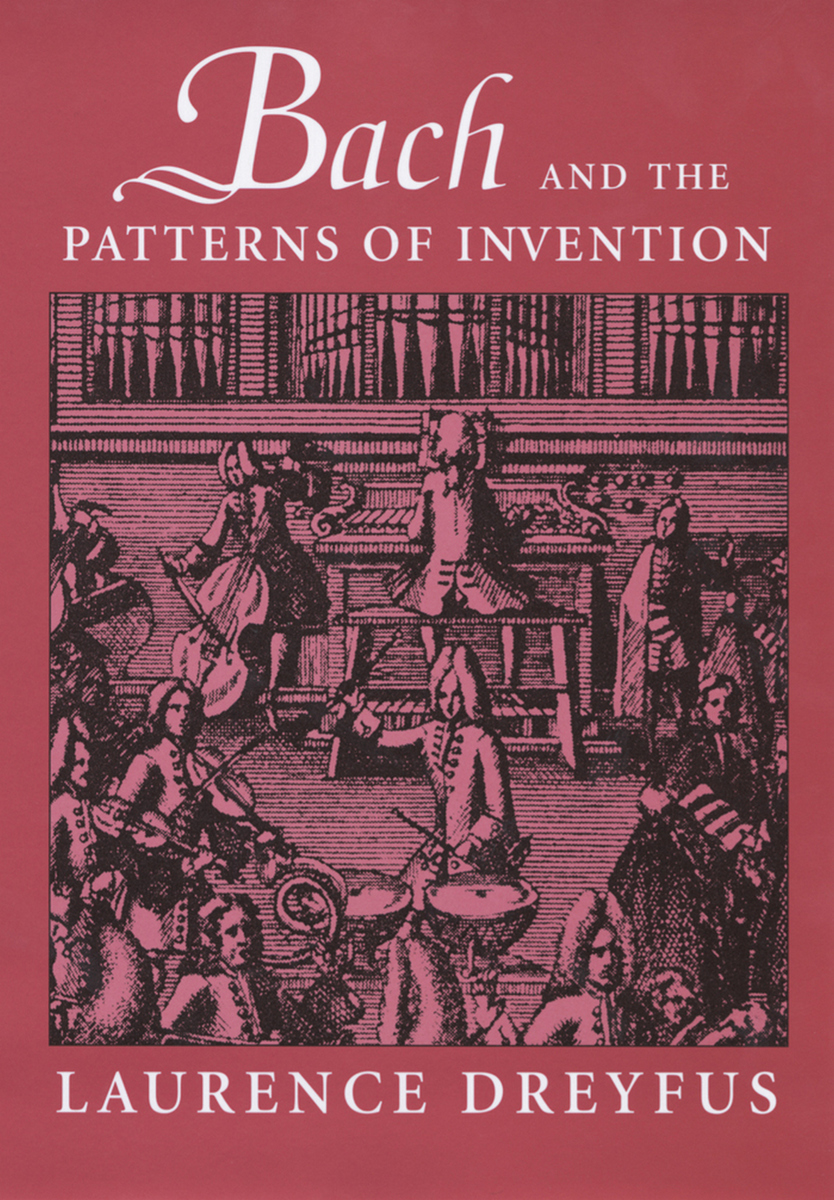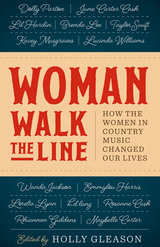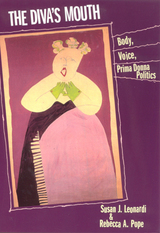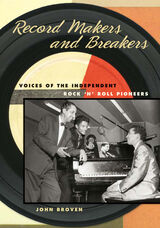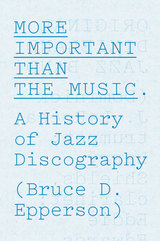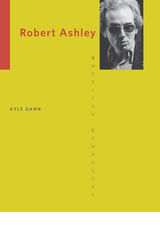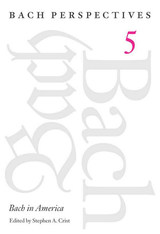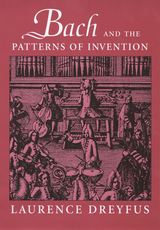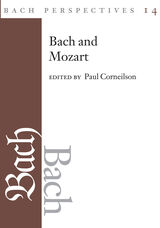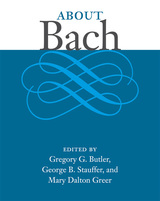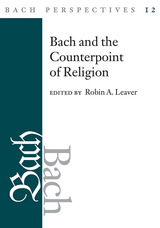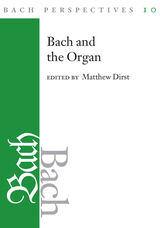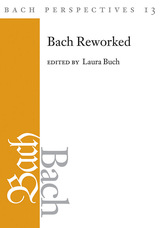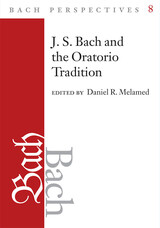Laurence Dreyfus’s Bach and Patterns of Invention…is the first study in some time to deal above all with the reasons that music lovers ought to listen to him or play him. Dreyfus’s writing is clear and entertaining…and the advantage of [his] approach to Bach is that it makes us listen to his work as he himself listened to the music of his contemporaries, and as they would have listened to his. It does not claim to read the composer’s mind, but it reconstructs some of the processes through which he had to go to compose in each case, and it does so by referring to aural experience, leaving questions of ideology and doctrine temporarily on the side.
-- Charles Rosen New York Review of Books
Johann Sebastian Bach is not the easiest of composers to write about, for his music can often seem so perfect that it renders description irrelevant. But Bach and the Patterns of Invention, by Laurence Dreyfus, a…totally absorbing study of Bach’s processes of composition, is written with a clarity appropriate to a discussion of his music and with an enthusiasm that immediately communicates itself.
-- Charles Osborne Daily Telegraph
An original and detailed appraisal of Bach’s achievement… Much of this book is concerned with detailed analysis that tries to illuminate, and at least to some extent to recreate, Bach’s processes of composition. The result is the uncovering of processes that appear somewhat messy but are convincingly real. This is a fundamentally imaginative approach to analysis, involving as it does speculations about the order in which the inventions of the piece were composed and the role of procedures that were started by the composer but destined for only partial success due to the grammar of tonal music… Dreyfus’s ideas should be of interest to anyone interested in exploring new ways of understanding 18th-century music.
-- Barry Mitchell Times Higher Education Supplement
Dreyfus’s new analytical study of Bach’s processes of composition…challenges received ideas about what constitutes a style, a form and a genre in Bach’s music, showing how the composer’s individuality stems largely from his writing ’against the grain’. Dreyfus’s book is not always easy, and neither is Bach’s music, but few readers—even the more general—of the former will be left without a better understanding of the latter.
-- Malcolm Boyd BBC Music Magazine
[Bach and Patterns of Invention] stands head and shoulders above anything else in the field of post-war Bach criticism… Dreyfus believes that the human side of the compositional process is what must interest us about Bach, the sense of an intelligence adhering strictly to the rules he considered God-given, while freely abusing those that his contemporaries held dear. In this way we might attain a sense of the very historical nature of Bach’s music—not merely the generic and formal similarities within the idioms of his age (often the principal object of modern scholarship), but particularly the way in which the composer went against the grain of his age.
-- John Butt Early Music
Dreyfus is concerned with how Bach thought in music, but from that deduces some idea of how he thought about music. A stimulating book.
-- Early Music Review
This brilliant book sets out to answer one of the enduring mysteries of music, namely, what was the compositional method that allowed Bach to write such a vast quantity of music of such surpassing quality?… It’s a moving and convincing picture of Bach, and a thoroughly original one, delivered in lucid prose in which close argumentation is often capped by an illuminating metaphor. Like Bach’s music, it is rhetorical in the best sense.
-- Ivan Hewett Music Times
